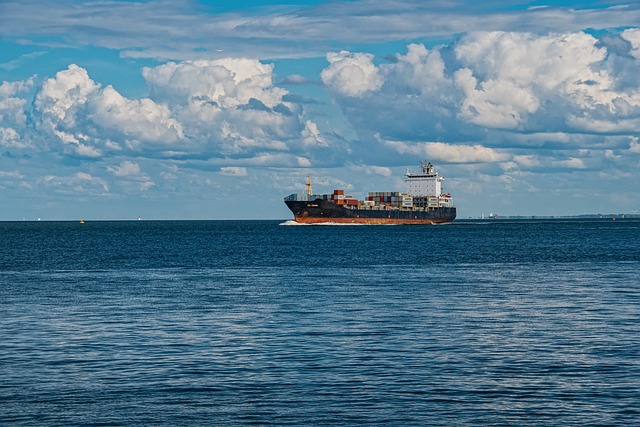Shipping Lubricants from Guangzhou/Shenzhen to Sassari Port, Italy: FCL & LCL Options
Full Container Load (FCL) Shipping: 20FT & 40FT Containers
For larger shipments, FCL shipping is often the best option. With this method, your goods occupy the entire container, which reduces the risk of damage, simplifies handling, and provides a cost-effective solution for bulk shipments.
The typical containers used for FCL shipments to Italy are:
- 20FT Containers: Ideal for smaller bulk shipments or if you’re looking to optimize costs for a moderate volume of goods.
- 40FT Containers: Suitable for larger quantities, providing more space and ensuring your goods arrive together.
The shipping route from Guangzhou or Shenzhen to Sassari Port typically takes 33 days by sea. The container will be loaded onto a ship, transported across the Mediterranean, and arrive at Sassari Port, ready for offloading and customs clearance.
Less Than Container Load (LCL) Shipping
For smaller shipments that don’t require a full container, LCL shipping is an excellent option. In this case, your goods share container space with other shipments, and the cost is based on the volume (cubic meters) of your cargo rather than the full container.
While LCL is more affordable for smaller quantities, it comes with slightly longer transit times and requires more handling, as goods need to be consolidated at the port of departure and deconsolidated upon arrival. This method also involves more complex coordination with the shipping company.

Packaging of Lubricants for Sea Freight
Proper packaging is critical when shipping lubricants internationally, especially for sea freight. Lubricants are typically transported in drums, IBC tanks, or flexitanks, depending on the volume of the cargo and the shipping method. Here’s a breakdown of how lubricants are typically packaged:
- Drums (200L): Standard practice for smaller to medium-sized shipments. Steel or plastic drums are sealed tightly to prevent leakage and ensure the product is secure during transport.
- IBC Tanks: Intermediate Bulk Containers are ideal for larger quantities and provide a more efficient storage solution. They are robust, easy to handle, and allow for the transportation of significant volumes of liquid.
- Flexitanks: These are flexible, collapsible tanks used to transport bulk liquids in a container. Flexitanks are often used for larger shipments where traditional drums or IBC tanks might not be efficient.
Lubricants are sensitive to temperature fluctuations and can degrade or leak if not properly sealed. That’s why each drum or container should be carefully secured within the shipping container to prevent movement during transit. In addition, protective wrapping is often applied to prevent moisture exposure or potential contamination. Each package should be clearly labeled with appropriate hazardous goods information, in line with international shipping regulations, such as the IMDG Code (International Maritime Dangerous Goods).



